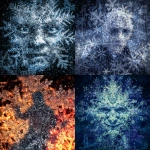Explore the Best AI Image Gallery
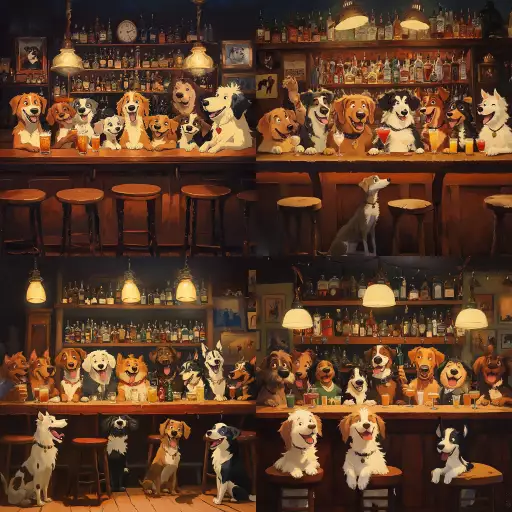
Beyond the Brushstroke: How AI-Driven Visual Experiences are Transforming Creativity
The realm of creativity is undergoing a profound transformation, fueled by the emergence of artificial intelligence (AI). No longer confined to the realms of science fiction, AI is now actively shaping how we create, experience, and interact with visual content. From generating breathtaking artwork to revolutionizing design processes, AI-driven visual experiences are pushing the boundaries of imagination and reshaping the creative landscape.
One of the most captivating applications of AI in visual experiences lies in its ability to generate art. AI algorithms can analyze vast datasets of existing artworks, learning patterns, styles, and techniques. Armed with this knowledge, they can then create entirely new pieces that are both original and reminiscent of established artistic traditions. This opens up exciting possibilities for artists to explore new creative avenues, collaborate with AI as a tool, and push the definition of what constitutes art itself.
AI-Powered Design: Streamlining Creativity and Innovation
Beyond art generation, AI is also making significant inroads into the world of design. From fashion to architecture, AI algorithms can assist designers in generating innovative concepts, refining existing designs, and streamlining the creative process. For instance, AI-powered tools can analyze user preferences, trends, and design principles to suggest new color palettes, patterns, or even entire product concepts. This not only accelerates the design process but also empowers designers with data-driven insights to make more informed decisions.
Immersive Experiences: AI Enhances Reality
AI is playing a crucial role in creating immersive visual experiences that blur the lines between the physical and digital worlds. Augmented reality (AR) applications powered by AI can overlay digital content onto the real world, enhancing our perception of our surroundings. Imagine using an AR app to visualize furniture in your living room before purchasing it or exploring historical artifacts superimposed onto a museum exhibit. These AI-powered experiences have the potential to revolutionize how we learn, interact with information, and engage with our environment.
Ethical Considerations: Navigating the Uncharted Waters
While the possibilities offered by AI-driven visual experiences are vast, it is essential to approach this technology with a critical eye. Several ethical considerations need careful consideration:
- Bias and Representation: AI algorithms learn from the data they are trained on, and if that data reflects existing societal biases, the resulting AI-generated content may perpetuate those biases. It is crucial to ensure that the training data is diverse and representative to mitigate potential harm.
- Copyright and Ownership: When an AI system creates a work of art, who owns the copyright? This legal question remains unresolved and requires careful consideration as AI-generated content becomes more prevalent.
- Transparency and Explainability: It can be difficult to understand how some AI algorithms arrive at their outputs. This lack of transparency raises concerns about accountability and the potential for misuse. Efforts are needed to develop more explainable AI models that allow us to better understand their decision-making processes.
The Future of AI-Driven Visual Experiences
The future of AI-driven visual experiences is brimming with possibilities. As AI technology continues to advance, we can expect even more sophisticated and immersive experiences that will reshape how we create, consume, and interact with visual content. Here are some trends to watch:
- Personalized Experiences: AI will enable the creation of highly personalized visual experiences tailored to individual preferences, learning styles, and cultural backgrounds.
- Real-Time Collaboration: AI tools will facilitate real-time collaboration between artists, designers, and other creatives, allowing them to work together seamlessly on projects regardless of their location.
- Human-AI Partnerships: We will see an increasing trend of human-AI partnerships, where AI augments human creativity rather than replacing it. Artists and designers will leverage AI as a powerful tool to enhance their skills and explore new creative frontiers.
The convergence of AI and visual experiences is ushering in a new era of creativity. By embracing the possibilities while navigating the ethical considerations, we can harness the power of AI to unlock our imaginations and create a more visually rich and engaging world.



](https://images.ai-img.art/thumbnails/150/92db9158526805f4e438e5531d51913400855d6281c3e9cfb60e2251a26f9c62.webp)


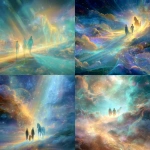

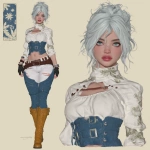





](https://images.ai-img.art/thumbnails/150/564796a8f7e0059faedfce41fa3ac5bfa4c4065f231473bd5e3901336c92ffff.webp)






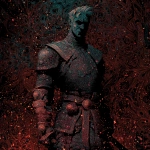




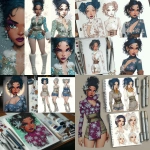
](https://images.ai-img.art/thumbnails/150/9852ce8d1febd9d8344467b42688c54f3619e023e3b8515019ad9de85efc7f46.webp)
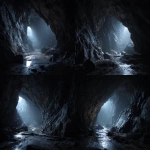

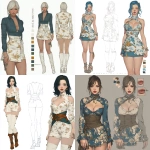
](https://images.ai-img.art/thumbnails/150/b280cd776d11e9ba6130542924a673299ee17d1d4cfb287df0445e71165211b4.webp)
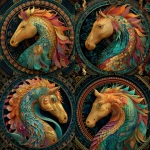







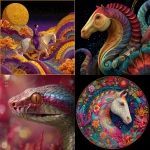
](https://images.ai-img.art/thumbnails/150/f3bef6b1c4c93eadc3cf2209f9062f676a6fd94018da7483cb40120fe1a9e60c.webp)
